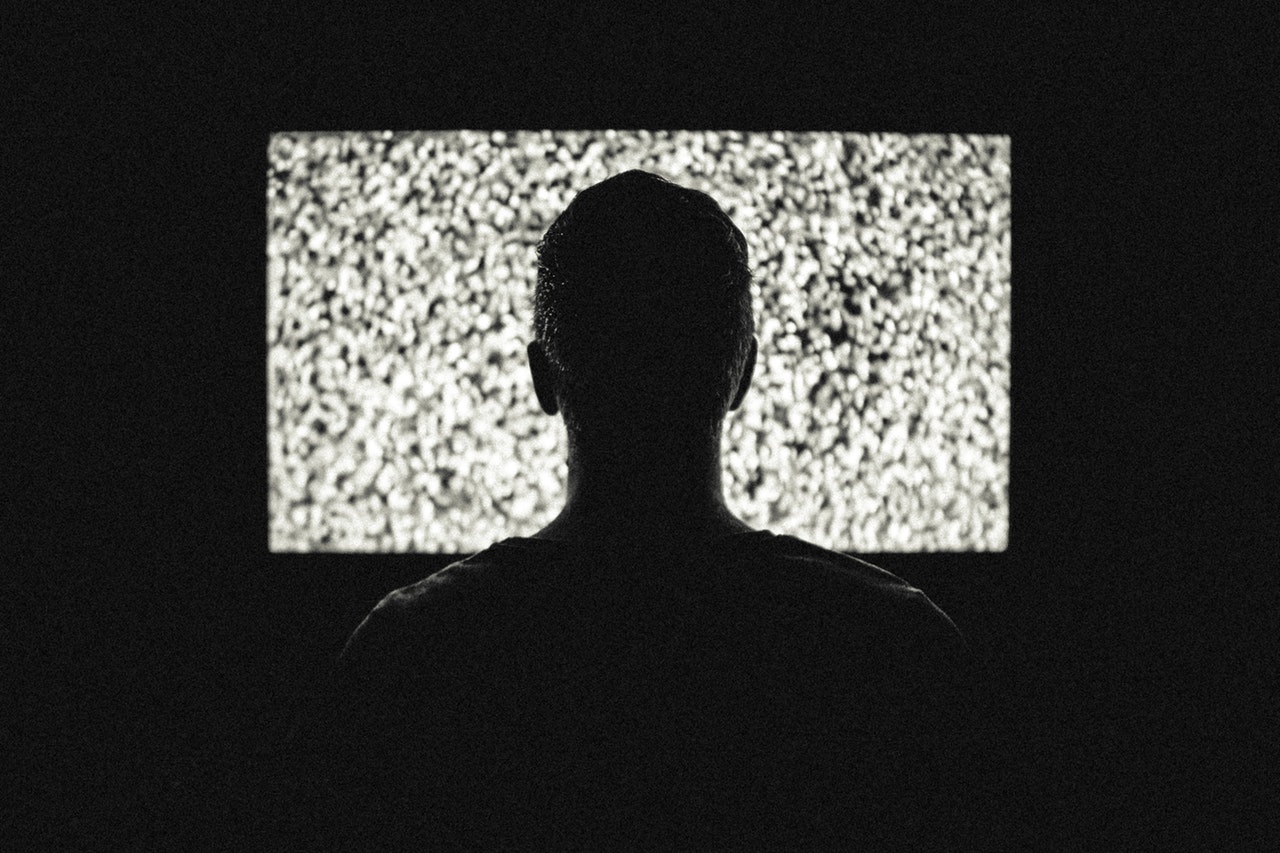Sign up for our information-filled email newsletter

Portrayals of Mental Health, Binge-Drinking, and Addiction in TV & Movies: How Does It Impact Our Kids?

Portrayals of addiction and mental illness are rampant in the movies and on TV with some 83% of Hollywood blockbusters depicting alcohol use.[1] And, because both mental illness and addiction affect millions of Americans, it is a very relatable topic. But do portrayals of alcohol and drug use on film lead kids to abuse these substances? Do teens see accurate representations of mental illness in the media – or is Hollywood creating unrealistic depictions?
More than 20% of American teens are affected by a mental disorder that causes them to have difficulty functioning, according to a NIMH survey published in the Journal of the American Academy of Child and Adolescent Psychiatry.[2]
• 11% reported feeling severely impaired by depression or bipolar disorder
• 10% reported being severely impaired by a behavior disorder such as ADHD
• 8% reported feeling severely impaired by at least one type of anxiety disorder
• The median age of onset was earliest for anxiety (6 years), followed by 11 years for behavior, 13 years for mood, and 15 years for substance use disorders.[3]
As reported in our 2015-2016 national data set, 21% of middle school students and 21% of high school students reported threatening to harm another student. The same data set showed that 5% of 6th-8th-grade students “think of suicide often or a lot,” jumping to 8% for students in 9th-12th grade.
It’s no surprise that teens pick up behaviors from peers, parents or even characters on the screen. Are their attitudes also being shaped by these depictions? In a 2014 study published by the American Association of Pediatrics, several researchers investigated whether exposure to alcohol consumption in movies inspired low-risk adolescents to drink alcohol. After surveying more than 2000 youths, they concluded that there is an association between exposure to depictions of alcohol consumption and increased relative risk for trying alcohol.[4] Teens and college students are the largest consumers of movies, so are they also getting ideas there to consume alcohol?[5] According to The Animal House Effect, a study about how university-themed comedies affect student attitudes about drinking, viewing these types of films does increase positive attitudes about drinking and negative attitudes about academics.[6]
Watching movies can also impact binge-drinking behaviors. Teens who see a high number of films featuring alcohol are twice as likely to start drinking over those who view the fewest. These teens were also 63% more likely to advance to binge drinking – consuming five or more drinks in a row.[7]
Stigma is still very much attached to individuals coping with these issues. National surveys have revealed that many Americans are unwilling to work with someone with mental illness or substance problems or have them as a neighbor. And, more than half of those surveyed believe that people with alcohol and drug addiction or schizophrenia are likely to be violent toward others.[8] So, what we show our teens matters more than ever to begin to break the cycle of shame and misconception.
In a study published in the journal Social Science and Medicine, researchers found that negative portrayals of untreated mental illness and addiction increase social stigma. However, positive portrayals led to “less desire for social distance, greater belief in the effectiveness of treatment, and less willingness to discriminate against persons with these conditions.”[9] This indicates that mass media can be a resource and source of inspiration when it comes to encouraging teens struggling with these issues to seek out counseling or help with recovery.
NAMI, the National Alliance on Mental Illness, has compiled a list of films where mental illness is shown realistically. These nine films can help create conversations with teens to build understanding and comfort around mental health discussions. DrugRehab.com has also shared a list of TV shows and movies they feel can be helpful for people in recovery – and for those who want a better understanding of what facing addiction and recovery really looks like.
Through Pride Surveys’ Social, Emotional and Bullying Behavior Survey and Risk and Protective Factor Survey, schools can learn more about mental health issues or concerns, or drug use among their students. These surveys serve as opportunities to collect data on underlying causes of issues such as absenteeism, lower academic achievement, and increased substance abuse. The benefit of choosing a survey company is that we take the guesswork out of the surveying process to ask the difficult questions. Browse the different types of scalable student surveys we offer and find out why more than 13.9 million students, parents, and faculty members have responded to Pride Surveys. Questions? Give us a call at 800-279-6361 or fill out our quick online contact form.
[1] Youth Exposure to Alcohol Use and Brand Appearances in Popular Contemporary Movies.” Retrieved 26 April, 2018 at https://www.ncbi.nlm.nih.gov/pmc/articles/PMC3541777/
[2] “Lifetime Prevalence of Mental Disorders in US Adolescents: Results from the National Comorbidity Study-Adolescent Supplement (NCS-A).” Retrieved 26 April, 2018 at https://www.ncbi.nlm.nih.gov/pmc/articles/PMC2946114/
[3] Ibid
[4] Portrayal of Alcohol Consumption in Movies and Drinking Initiation in Low-Risk Adolescents.” Retrieved 26 April, 2018 at http://pediatrics.aappublications.org/content/133/6/973#ref-6
[5] “Theatrical Marketing Statistics.” Retrieved 26 April, 2018 at https://www.mpaa.org/wp-content/uploads/2017/03/MPAA-Theatrical-Market-Statistics-2016_Final-1.pdf
[6] “The Animal House effect: How university-themed comedy films affect students’ attitudes.” Retrieved 26 April, 2018 at https://link.springer.com/article/10.1007%2Fs11218-011-9167-x
[7] “Alcohol in Movies Influences Young Teen Habits/” Retrieved 26 April, 2018 at https://geiselmed.dartmouth.edu/news/2012/02/23_sargent.shtml
[8] “Public Stigma of Mental Illness in the United States: A Systematic Literature Review.” Retrieved 26 April, 2018 at https://www.ncbi.nlm.nih.gov/pmc/articles/PMC3835659/
[9] “Portraying mental illness and drug addiction as treatable health conditions: Effects of a randomized experiment on stigma and discrimination.” Retrieved 26 April, 2018 at https://www.sciencedirect.com/science/article/pii/S0277953614007990?via%3Dihub





